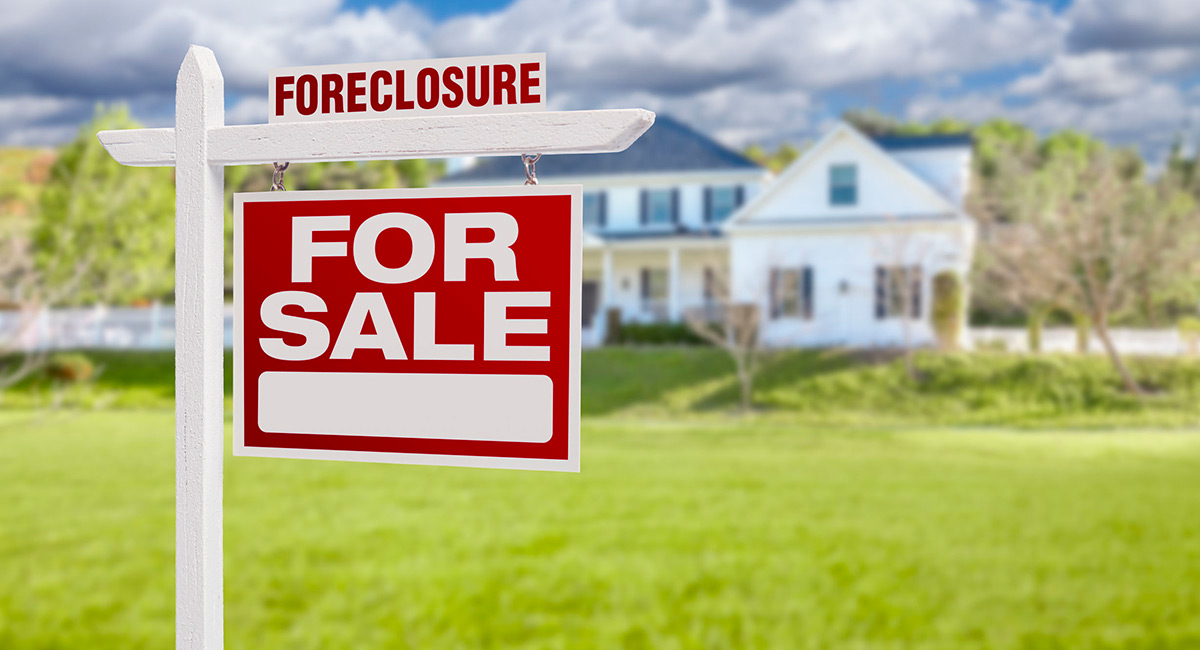I’m currently listening to Jacqueline Novogratz’s Manifesto for a Moral Revolution at the suggestion of one of the teachers at our kids’ school. It has challenged me to think harder about seemingly-intractable issues like global poverty, and I hope to say a lot more about it once I’m finished. The situation she describes in the wake of the 2007-2009 Great Recession brought to mind some of the things I was thinking about in its wake and, especially, the gap between intentions and outcomes in public policy.
In brief, sometimes your worst enemies can be the people who think they’re helping you.
I’m reminded specifically of the housing crisis and the public policy initiatives the led up to it. In 2010, I reviewed Thomas Sowell’s The Housing Boom and Bust, which is still one of the best guides to how the housing market went careening into the abyss in the first decade of the twenty-first century. As he wrote on page 31: “Like many disasters, this one began with good intentions, or at least intentions that sounded good politically.” After all, what kind of moral monster could object to something so crucial as housing being affordable?
Specifically, the presumably-noble goal of increasing home ownership helped inflate the housing bubble. The Government-Sponsored Enterprises Fannie Mae and Freddie Mac were encouraged to create a market for risky mortgages in order to encourage more lending to previously “underserved populations.” Lenders (and borrowers) were creative, as exotic financial products and things like so-called “NINJA” loans—”No Income, No Job or Assets”—made it possible for people to buy their own homes.
As we all know, it came crashing down, and people were very quick to point fingers at the usual suspects (greed, bankers, greedy bankers). However, bankers have always been “greedy,” and I doubt they were less greedy in the 2000s than they had been a decade earlier or even a decade later. They were responding to the incentives created by public policy that was intended to create what President George W. Bush had called an “ownership society.”
Sowell described the incentives that led to the carnage on page 81. Politicians “learn that there is much more political mileage to be gained by promoting more home ownership and no political price to be paid for the foreclosures that eventually follow.”
He points to the example of Massachusetts Congressman Barney Frank, of Dodd-Frank fame, and quotes him memorably on page 48: “I want to roll the dice a little bit more in this situation towards subsidized housing.”
The phrase “roll the dice” is memorable, instructive, and damning in this context. Frank and others were certainly rolling the dice, but they were rolling the dice in a game they did not understand and in which, crucially, they were taking huge risks on behalf of taxpayers with very little personal skin in the game. Compared to the people whose lives were ruined during the millions of foreclosures in the ensuing Foreclosure Crisis, the well-meaning politicians who did so much damage seem to have escaped relatively unscathed.
And this brings us to something I try hard to help my students understand every semester: merely intending to help people is not the same thing as actually helping them, and far too often—perhaps even more often than not—we end up doing real damage to the most vulnerable all in the name of “helping” them.
In his 1987 book A Conflict of Visions: Ideological Origins of Political Struggles (republished in 2007), Sowell writes of the centrality of sincerity to what he calls the Unconstrained Vision (in which human nature is malleable and perfectible) and the centrality of fidelity to what he calls the Constrained Vision (in which is it neither). Sincerity probably gets too much credit in public discussion. The housing crisis, among many other examples, shows why.









